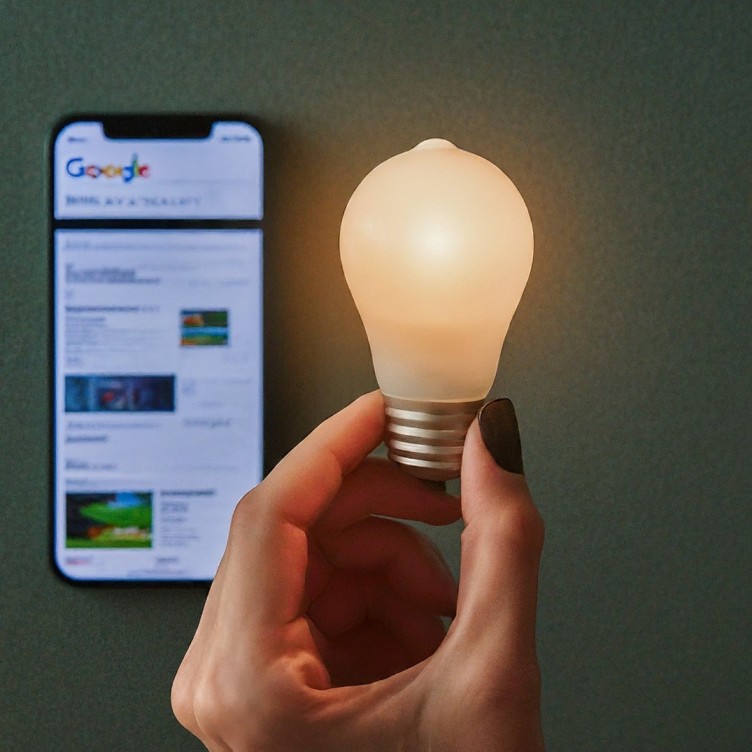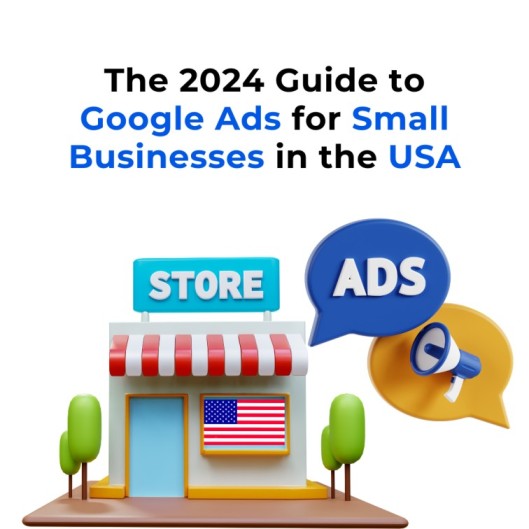In today’s world of competition, where everyone is shifting to the online, it is very important to design perfect Google Ads campaigns for those who aim to grab leads, traffic, or sales. If managed wisely, Google Ads can be the key to boosting one’s circulation and targeting the audiences most relevant to the magazine. In this guide, we will describe the basic processes of creating an effective Google Ads campaign so that the readers can achieve maximum results while spending a minimal amount of money on ads.
At Business Digitaly, one of the leading digital marketing agencies from India, we focus on guiding businesses toward creating effective Google Ads campaigns, particularly for companies that operate in the Indian market. As your ideal partner for google ads management for your business relying on this online advertising platform, we can boast of the experience in managing ads for various forms of companies across the world but particularly focusing on the USA market.
1) Understanding Google Ads Basics
(i) What Are Google Ads?
Google AdWords is an ad-serving tool designed and deployed by Google where the firms pay for the placement of brief ads, specific services, products, videos, or site offerings to the users. Using Google Ads, the ads may be displayed in the results of the search engines, which are Google Search (Google Search Network), websites and apps, as well as mobile applications and videos (Google Display Network).
Why Use Google Ads?
(ii) Why Use Google Ads?
It proves to be a very effective form of Internet marketing as Google Ads enables companies to reach customers who are interested in their services. With over 3.235 million users per month, it allows businesses to target their potential clientele at the exact time when they are actively doing a search related to the company.
2) Setting Clear Objectives

(i) Define Your Campaign Goals
In the process of developing your ad campaigns, there are a couple of tactics always to remember: know your goals!
- What is the purpose of your website?
- Do you want to attract more visitors,
- make people sign up for something or
- buy something?
Your goals will define the type of campaign, that is, social media, email, and blog, or how you will measure success.
(ii) Identify Your Target Audience
Keyword research can help you define who your audience is and what they are looking for on the search engine. Develop market-specific buyer personas based on demographics, interests, and browsing histories. This will assist you in presenting your ads in a more suitable way that will reach target potential buyers.
3) Keyword Research and Selection
(i) Conduct Thorough Keyword Research
Keywords are the core and essence of Google AdWords, irrespective of the specific Google Ads campaign being run. For instance, tools such as Google Keyword Planner, Ahrefs, or SEMrush can help you with the recognition of keywords that are relevant to both your potential customers and your products or services. The use of short-term and long-term keywords will also help to capture a wider audience while still seeming specific.
(ii) Group and Organize Keywords
Group your keywords tightly around small, tightly themed ad groups. This will assist you in developing more pertinent ads that are, in essence, a Quality Score booster that can reduce your CPC as well as increase your ad ranking.
4) Creating Compelling Ad Copy
(i) Write Engaging Headlines
Ad headline is where the battle begins because that is what users get to see first. Create an eye-catching headline related to your topic and ensure that your primary keyword is typed in the headline. Add action words to give the feeling that the user needs to click on the ad to get the benefits promised to them.
(ii) Optimize Ad Descriptions
The ad description should be similar to the headline but should be a continuation with more details about your offer. Keep the core message specific to the unique selling points (USPs), add the call to action (CTA) buttons, and make sure that the message correlates with the search intent of the tags.
5) Designing Effective Landing Pages

(i) Ensure Consistency Between Ads and Landing Pages
The transition from the time the user clicks on your ad to the time he lands on your page must be smooth. Guarantee that the context and appearance of your landing page align with the specified promise in your advertisement. This involves the utilization of equivalent keywords and images as well as the offers usually provided.
(ii) Optimize for Conversions
Create your landing page with the purpose of getting as many people to do what you need them to do. There must be clear and persuasive CTAs, there should not be too many distractions from the form, and the fields to contain information should be easily filled. Try out various uses of the landing page, including headlines, images, and call-to-action buttons, to improve its effectiveness.
6) Setting Up Tracking and Analytics
(i) Implement Conversion Tracking
Use conversion tracking so you can keep track of what users are doing after they get to your site from your ads. This could be in the form of email subscriptions, calls made to the company, or even orders placed with the company. Google Ads offers several tracking tools for you to analyze the performance of your ad and the entire campaign.
(ii) Use Google Analytics
Link your Google Ads account with Google Analytics for a better and more detailed understanding of the end-user behavior on your websites. This is because the ad metrics offered by other sites do not include additional data on the statistics from your site, such as bounce rate, average session duration, or number of pages per session.
7) Continuous Optimization
(i) Monitor and Adjust Your Campaigns
Monitor the effectiveness of your campaigns on a consistent basis and make relevant changes if necessary. This is an option to pause low-performing keywords, experiment with ad text, and update the targeting settings. Please keep track of the results, analyze the data, and employ it to refine your strategy and be as efficient as possible.
(ii) A/B Testing
Adopt the culture of testing your ads and landing pages’ features to determine which works well with the audience segments. Experiment with the headline, the text of the description, the images, and the call to action to increase the overall CTR and the conversion rate.
8) Budgeting and Bidding Strategies
(i) Set a Realistic Budget
Define an ad budget that will be doable, given your campaign aim and objectives, as well as the amount that will be needed in order to make an impact. Google Ads provides daily or monthly budget control so you can set the limits of your financial spending.
(ii) Choose the Right Bidding Strategy
Choose a bidding strategy based on the goals that you have set for your campaign. Google Ads has various bid strategies regardless of whether your main aim is to generate many clicks, many impressions, or a converter.
9) Leveraging Ad Extensions
(i) Enhance Your Ads with Extensions
Ad extensions make your ads appear larger and also help in providing additional information about the product or service to prospective customers. Primary ad extensions to consider include site links, callouts, and structured snippet extensions, which help to draw the attention of the users to specific facets of the business.
Conclusion
Google advertisement is an effective and flexible form of marketing, and its implementation involves strategy and constant fine-tuning. Therefore, it is crucial to work on knowing your audience, promoting the right keywords, writing excellent ad content, and fighting with data. When it comes to reaching your full potential with Google Ads and growing your business, professional assistance from a digital marketing agency like Business Digitaly is incredibly valuable.


